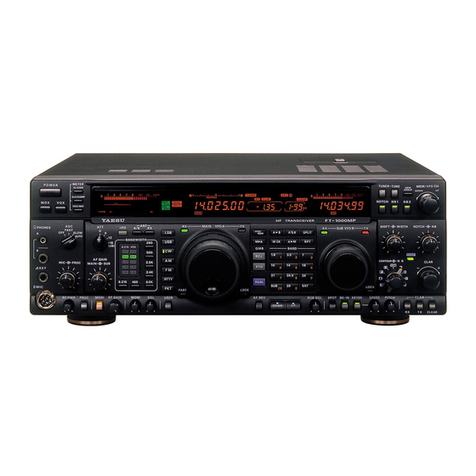Yaesu FT-902DM User manual
Other Yaesu Transceiver manuals

Yaesu
Yaesu FT-780R User manual

Yaesu
Yaesu FT-625RD User manual
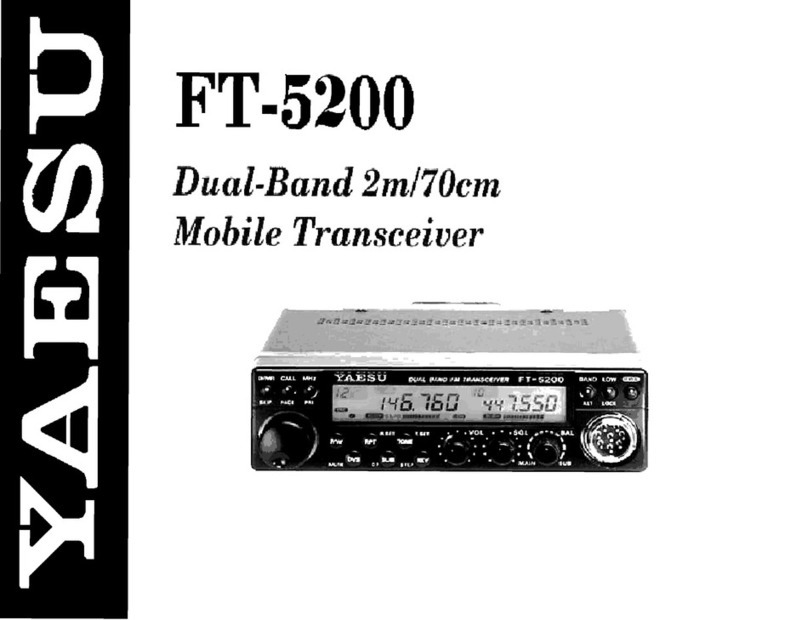
Yaesu
Yaesu FT-5200 User manual

Yaesu
Yaesu FT-450D Product guide

Yaesu
Yaesu FT-230R User manual

Yaesu
Yaesu FTdx5000 Series User manual

Yaesu
Yaesu FT-470 User manual

Yaesu
Yaesu FT-2800M Manual

Yaesu
Yaesu FT-990 User manual

Yaesu
Yaesu FT DX 9000 CONTEST - 2 User manual
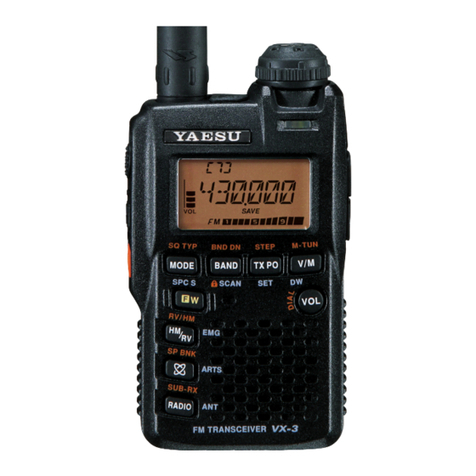
Yaesu
Yaesu VX-3R Manual
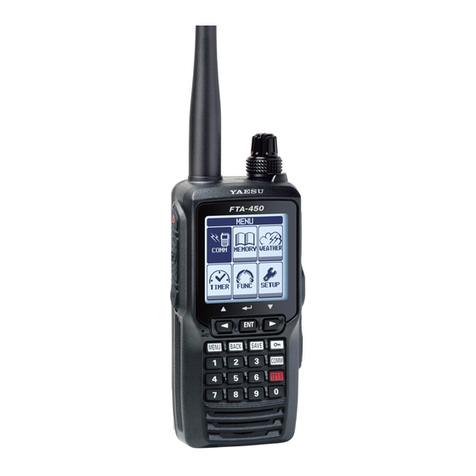
Yaesu
Yaesu FTA-450 series User manual

Yaesu
Yaesu FT-2000 - MENU MODE LIST User manual
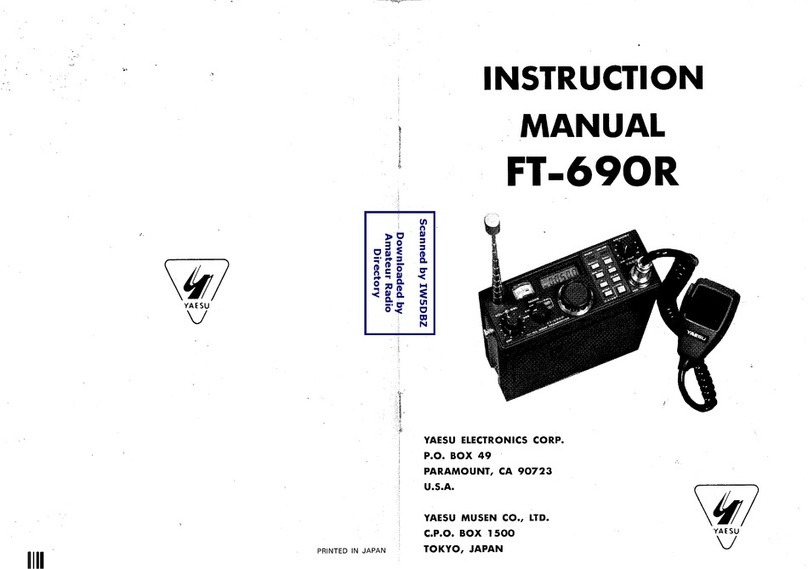
Yaesu
Yaesu FT-690R User manual

Yaesu
Yaesu FT-70DR User manual
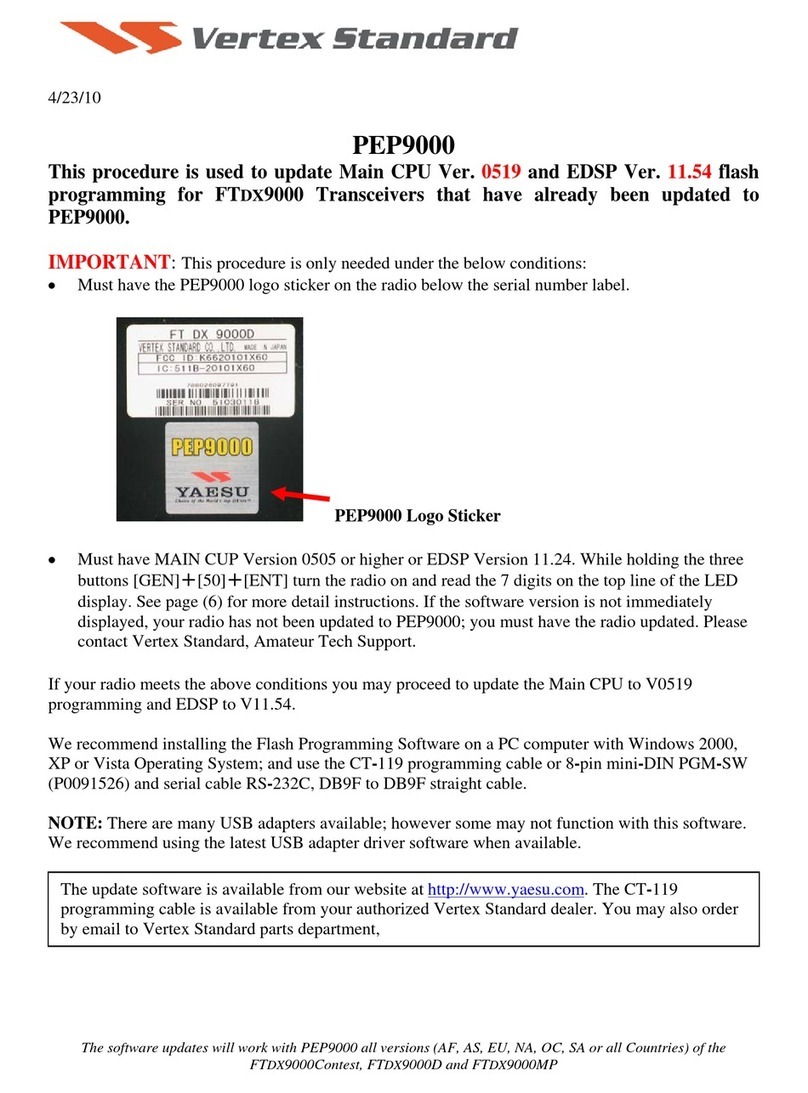
Yaesu
Yaesu FTDX-9000D General instructions

Yaesu
Yaesu FT2DR User manual

Yaesu
Yaesu FT-100 Micro Mobile Manual

Yaesu
Yaesu FTA-750 Spirit User manual

Yaesu
Yaesu FT-290R User manual
